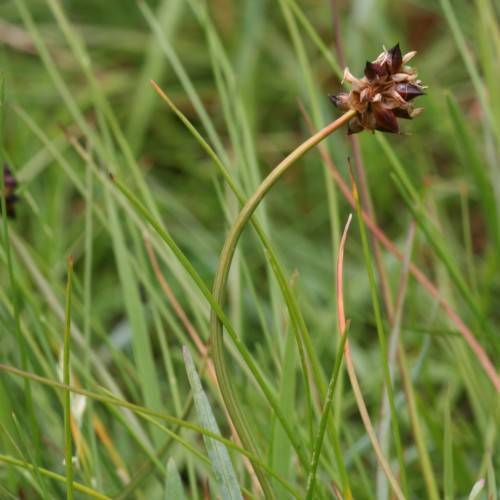
Sedge
Carex maritima x
Watering:
Minimal
Hardiness Zone:
Flowers:
Flowers
Sun:
Sun
Soil:
Sand
Leaf:
Yes
Growth Rate:
Low
Drought Tolerant:
Yes
Salt Tolerant:
Yes
Care Level:
Medium
watering
Sea Sedge should be watered moderately; it likes consistently moist soil. Water the Sea Sedge whenever the top inch of soil feels dry to the touch. Water deeply, then wait until the soil partially dries out before watering again. Avoid letting the soil become overly wet or soggy as this can damage the plant’s roots. To ensure the Sea Sedge receives enough moisture during periods of high heat and wind, provide it with an occasional deep soaking.
sunlight
Sea Sedge (Carex marina) requires an average of 8 hours of sunlight each day during the warmer months to survive and thrive. It prefers bright, indirect sunlight with some periods of direct sun exposure in the morning or evening. This species does best when grown in well-drained soil with ample organic matter. For optimal growth it should be exposed to an environment that is consistently moist but not overly wet. Sea Sedge is a salt tolerant plant, meaning that it can tolerate a certain amount of salt in the air or soil. It also does best in a location where it receives protection from strong winds.
pruning
Sea Sedge should be pruned lightly in early spring, right before new growth begins to appear. Trim the plant down to 1-2 inches above the soil line. Avoid pruning when the plant is flowering or fruiting, as this will remove the seed heads and result in fewer flowers and fruits the following year. To promote bushier growth, remove the oldest stems by pruning them down to the ground. Pruning Sea Sedge can also be done throughout the growing season to remove dead or unsightly shoots.
